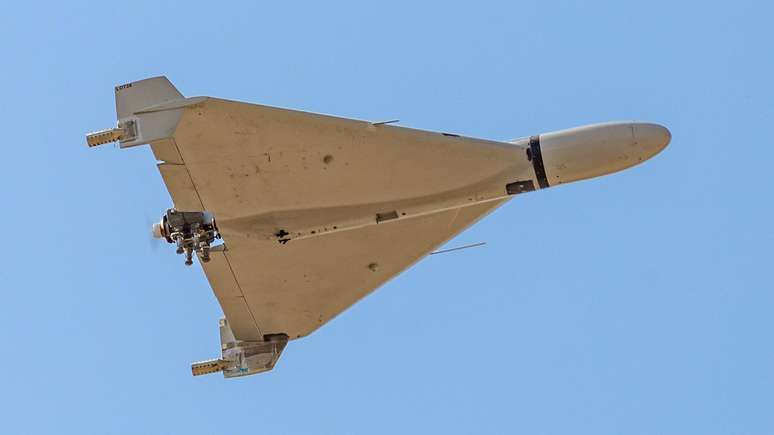Iran, North Korea and China are sending kamikaze drones, missiles and weapons components to Russia.
Russia sends millions of projectiles a year to Ukraine’s front lines and consistently launches airstrikes against civilian targets, often with munitions allegedly supplied by foreign allies.
While Western nations seek to limit Russia’s ability to produce weapons by imposing sanctions, China, Iran and North Korea are helping to keep its war machine running.
Iranian drones and missiles

Iran was recently accused of reaching a deal with Russia to supply 200 or more short-range ballistic missiles. Called Fath-360, they have a range of 120 km and carry 150 kg of explosives.
US intelligence says dozens of Russian military members have been trained in Iran to fire them. US Secretary of State Antony Blinken said missiles could be launched against Ukraine in late autumn in the Northern Hemisphere.
The Fath-360 missiles would allow Russia to hit targets such as Ukrainian cities and power plants near its borders, while letting its long-range missiles hit targets deeper inside the country.
“The Fath-360 is effective at hitting relatively close targets,” explains Marina Miron, of the Department of War Studies at the University of King’s College London, UK.
“Russia does not have such a missile.”
According to her, Russia can in return provide Iran with military technology, possibly including nuclear technology.
The United States, United Kingdom, France and Germany have imposed new sanctions on Iran for supplying missiles to Russia.
These include restrictions on Iran Air flights to the UK and Europe, as well as travel bans and asset freezes on Iranians believed to be involved in the deal.
Iran has repeatedly denied supplying Russia with self-guided weapons such as the Fath-360.
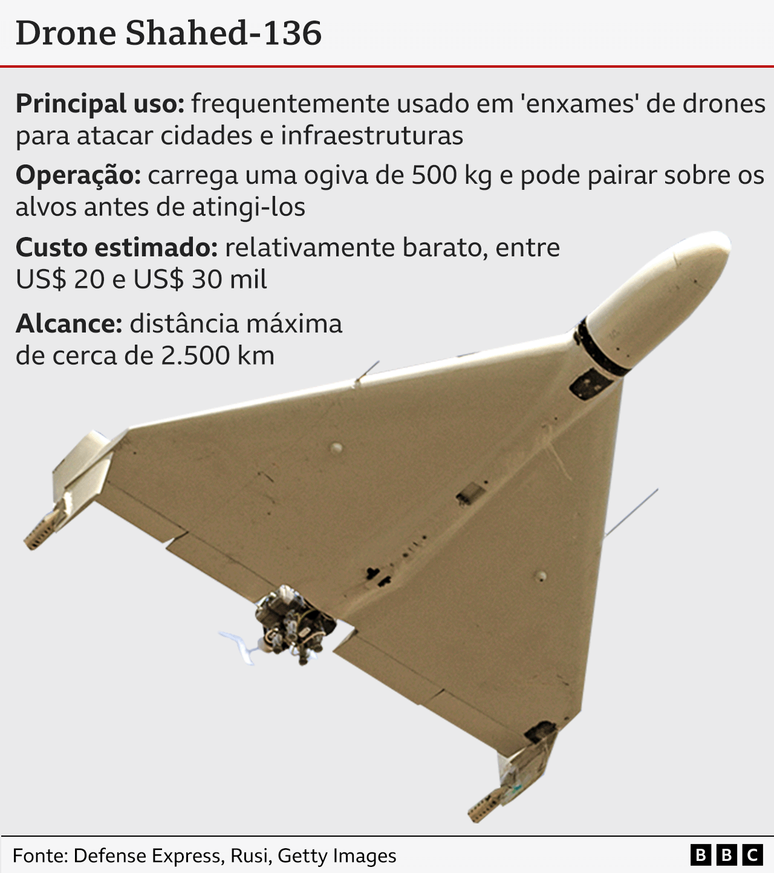
The Ukrainian government and Western intelligence agencies also say that Iran has been supplying Shahed-136 drones to Russia since the second half of 2022.
The Shahed has a warhead at the front, known as the nose, and is designed to hover above a target until it receives an attack signal.
Russian forces often send dozens of them in “swarms” to try to overwhelm Ukraine’s air defenses. Drone swarms are often used as a distraction to prevent Ukrainian air defenses from intercepting cruise and ballistic missiles, which carry more explosives and cause more damage.
The Iranian government says it supplied only “a small number” of drones to Russia before the war.
However, the United States and the European Union accuse Iran of sending regular shipments to Russia, and the European bloc has imposed sanctions on the people and companies involved.
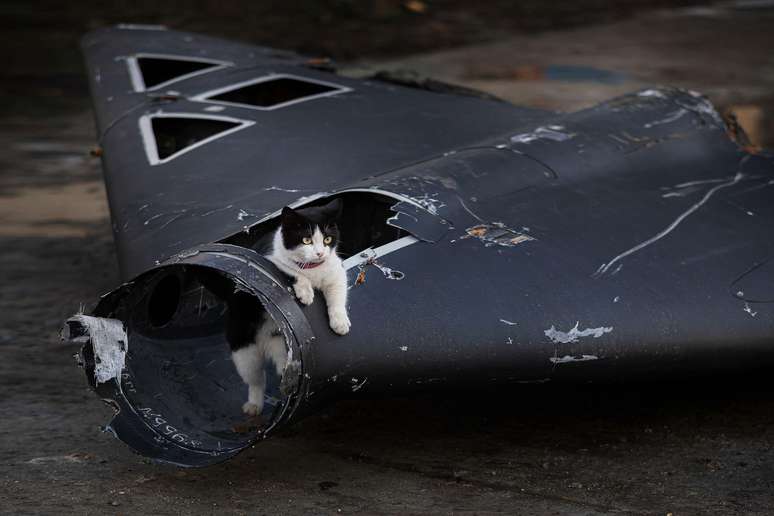
North Korean bullets and missiles
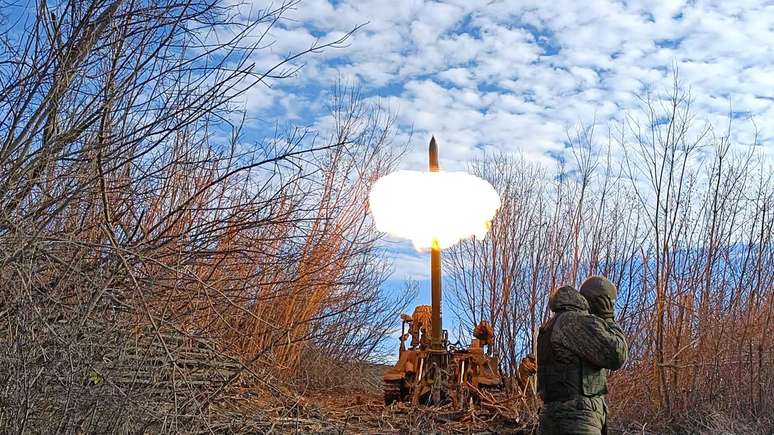
The US Defense Intelligence Agency (DIA) said in a report in May this year that North Korea supplied Russia with three million artillery shells.
Artillery is the main weapon used by both sides on the front lines in Ukraine. Prevents enemy armor and infantry from maneuvering and advancing.
The Royal United Services Institute (Rusi), a think tank based in the United Kingdom, claims that in recent months Russian forces have had a 5:1 advantage over Ukrainian forces in the number of projectiles available for firing.
According to Rusi, this was one of the main reasons why Russia has conquered large areas of eastern Ukraine’s territory since the winter of 2023.
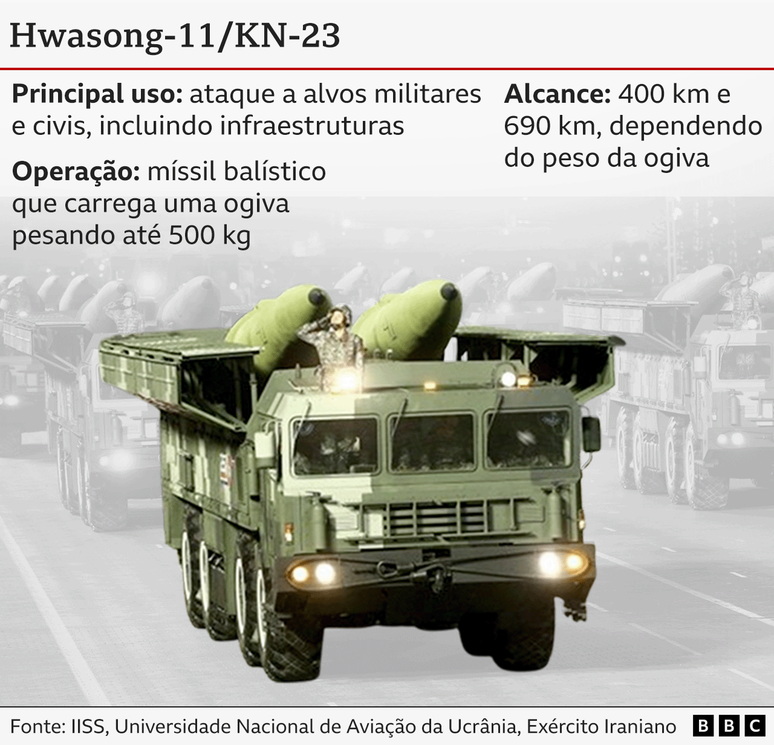
In January 2024, Ukrainian intelligence officials said they had found the wreckage of two types of short-range ballistic missiles made by North Korea that were launched at Kharkiv in a major airstrike.
Ukrainian authorities say one of them was a Hwasong-11, also known as KN-23.
It is a short-range ballistic missile, between 400 and 690 km, which can carry warheads of up to 500 kg.
The United Nations (UN) has imposed sanctions on ballistic missile trade with North Korea since 2006.
Ukrainian intelligence said North Korea sent 50 missiles to Russia, and at a United Nations Security Council meeting in February this year, the United States accused Russia of using North Korean missiles in at least nine airstrikes on Ukraine.

The DIA says Russia and North Korea began negotiating arms sales in the second half of 2022, and the first missiles were sent from North Korea to Russia in the second half of 2023 for testing.
The US agency says Russia began launching them into Ukraine in January this year, from across the border.
“The Hwasong-11 missiles are cheaper for Russia to use than its short-range missiles like the Iskander,” Miron notes.
“It’s a cost calculation.”
“Furthermore, concluding arms deals with countries like Iran and North Korea shows the West that Russia has allies and is not isolated.”
Ballistic missiles like the Hwasong-11 are difficult to intercept due to the supersonic speed at which they descend towards the target. However, Ukrainian intelligence officials have reportedly said that many of North Korea’s missiles are failing to reach their targets due to electronic problems causing them to miss their programmed trajectories.
North Korea has denied sending weapons to Russia, and Russia has denied receiving weapons.
Ukrainian intelligence officers have reportedly spotted North Korean soldiers alongside Russian forces in the country. Ukrainian newspapers reported that on October 3 this year six North Korean officers were killed and three others were wounded in a rocket attack on a Russian military training base in the east of the country.
Previous allegations that North Korean soldiers were fighting in Ukraine were made in 2023. At the time, Russian President Vladimir Putin denied it, calling it “utter nonsense.”
China and dual-use components
Leaders of North Atlantic Treaty Organization (NATO) member countries jointly accused China of being a “decisive enabler” of Russia, providing “large-scale support to Russia.” [sua] defense industrial base”.
They said the Chinese supply “dual-use” components, such as computer chips that have civilian applications but can also be used to make weapons.
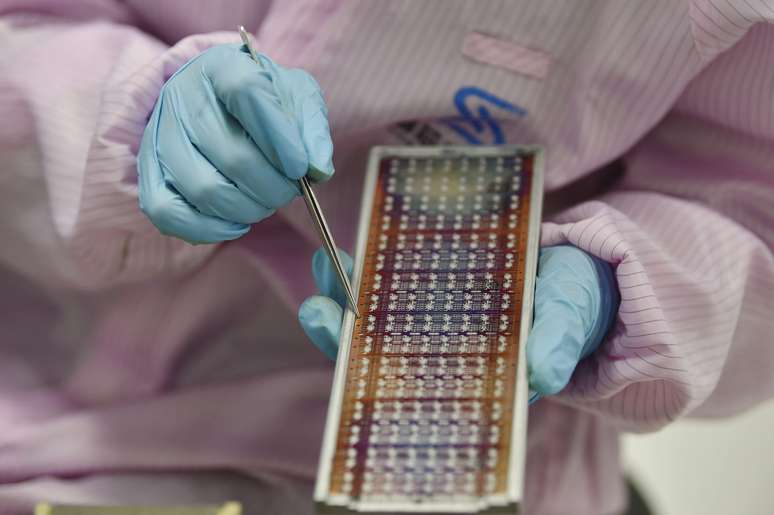
The Carnegie Endowment for International Peace (CEIP), a think tank The US company claims that each month China sends Russia $300 million in “high priority” dual-use products, which can be used to make weapons such as drones, missiles and tanks.
The organization claims that China sells to Russia 70% of all its machine tools (which can be used to produce weapons cartridges) and 90% of its supply of microelectronic products such as chips and semiconductors (which can be used, for example, for missile guidance systems). .
CEIP also states that in 2023, Russia imported 89% of all its high-priority dual-use goods from China. And he says that, before the war, Germany and Holland supplied most of it. When its exports to Russia were blocked by sanctions, China filled the gap.
China has denied helping Russia build weapons, saying it was a neutral party in the war in Ukraine. The country has said it has not supplied lethal equipment to Russia and has been cautious about the components it has sold to it.
Reuters news agency said Russia has opened a factory in China to produce a new type of long-range drone called Garpiya-3.
The Chinese government said it was unaware of such a project and had strict controls on drone exports, according to Reuters.
Source: Terra
Rose James is a Gossipify movie and series reviewer known for her in-depth analysis and unique perspective on the latest releases. With a background in film studies, she provides engaging and informative reviews, and keeps readers up to date with industry trends and emerging talents.

